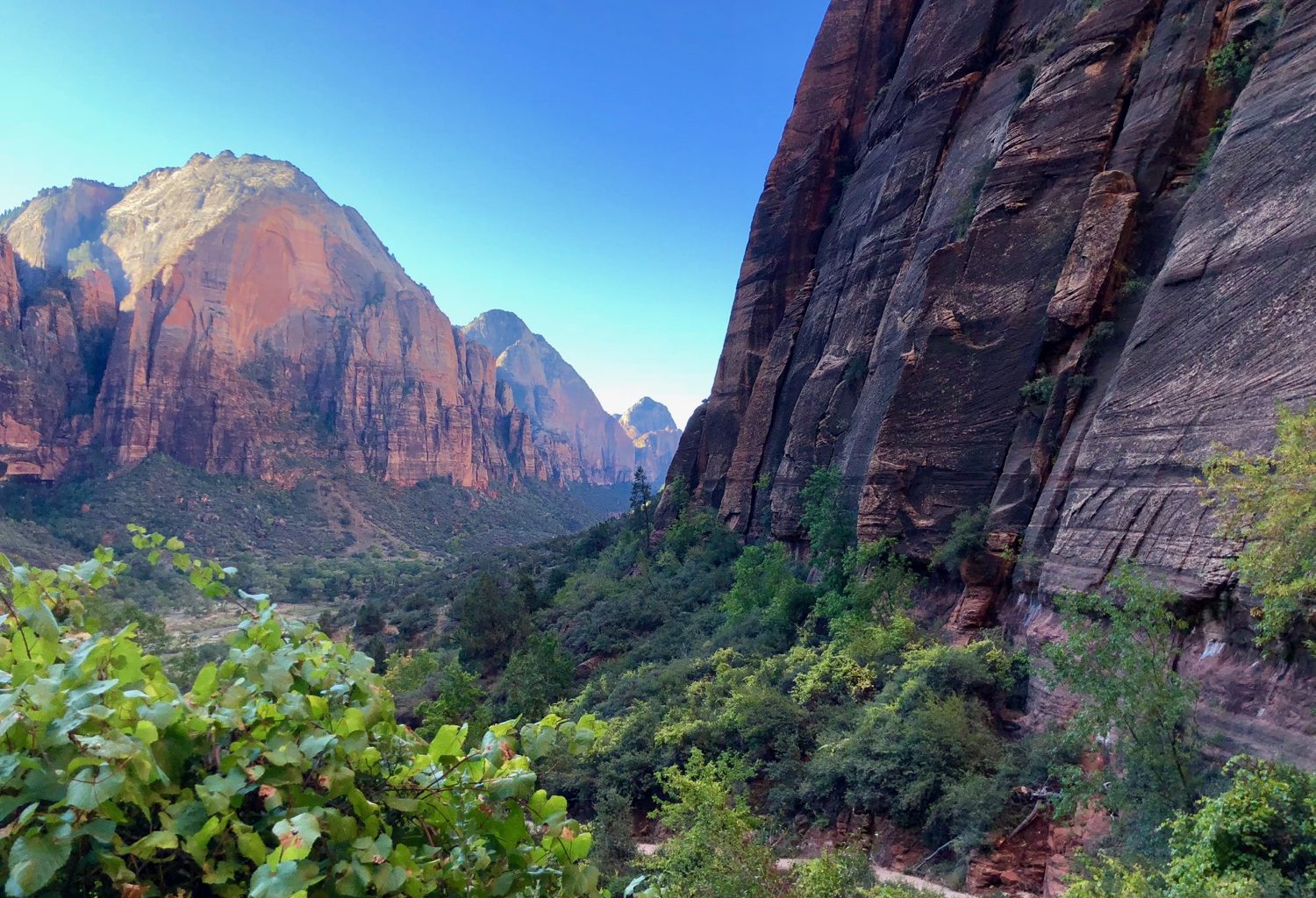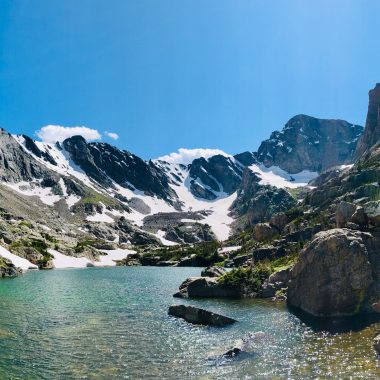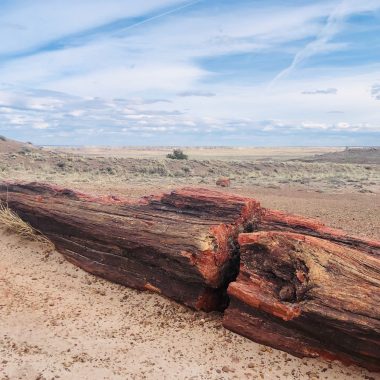Early October is the perfect time to visit the iconic parks in Southern Utah. Both the heat and crowds have dissipated into a kind of cool, calm setting that’s perfect for hiking and really connecting with nature in these other-worldly realms. A couple years ago, I did a quick drive through Bryce Canyon on my way to Zion– and immediately left wishing I had more time. Set on a high canyon wall with dramatic cliffs and hoodoo filled landscapes, it is truly one of the most unique National Parks. From the Rim of Bryce, you can see Grand Escalante off in the distance– and in October you might even see light dustings of snow which only add to the drama.
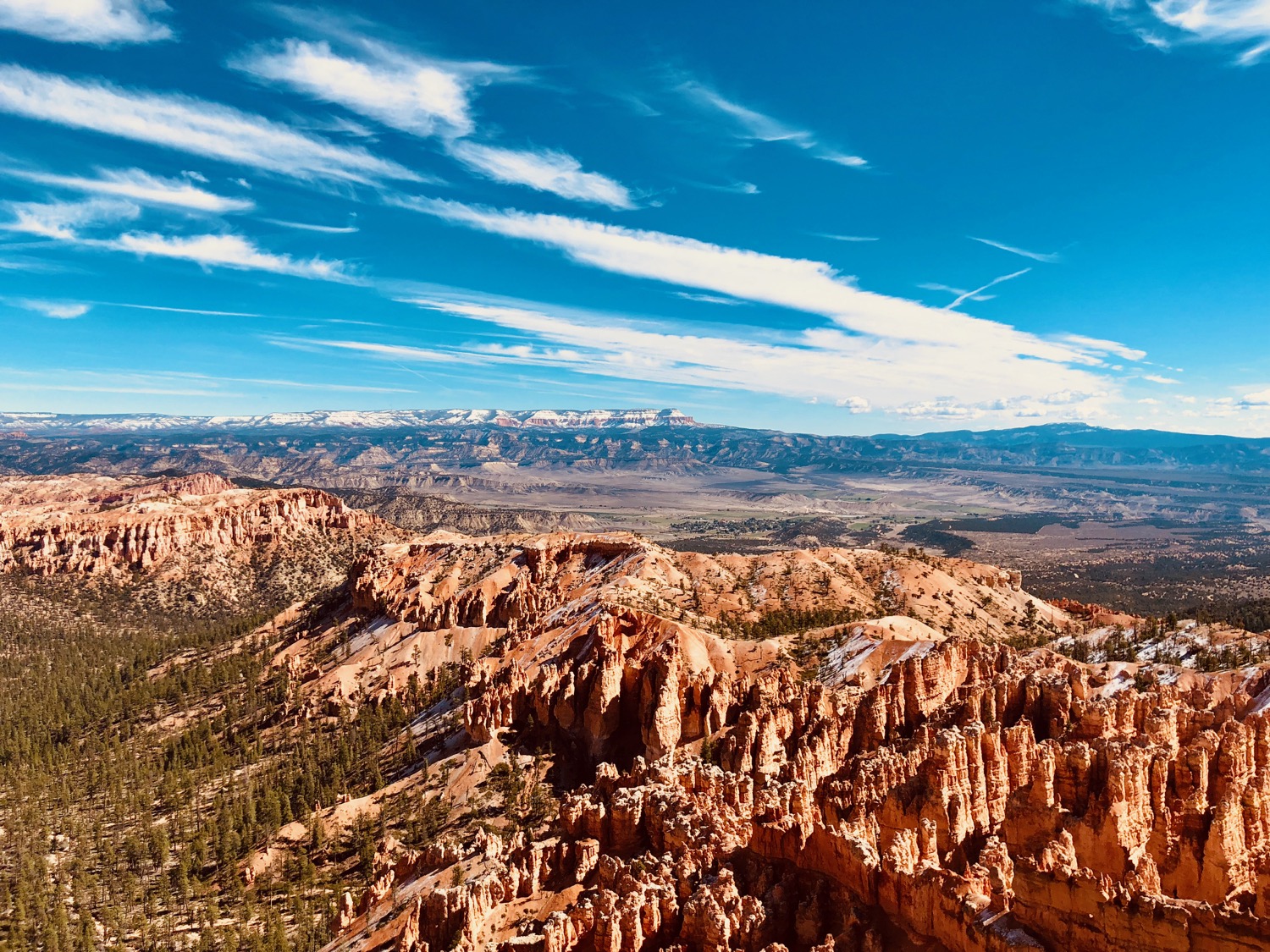
With Bryce on my mind for two years, it was time to go back. There are several campgrounds within the park, all of which were full– so we ended up staying at the famous Ruby’s Inn, which has an RV and Tent campground just outside the park gate. Ruby’s has it’s own park shuttle stop, making it extremely easy to get in and out of the park for the rest of the trip. Ruby’s has full RV hookups, a dump station, a large number of campsites, showers, and a campstore. The Inn next door also has services (including a restaurant), which are available to campers.
To orient yourself to the park, you can drive the 20.5 mile scenic drive and stop along the way for some of the hikes on the canyon rim. There are number of scenic overlooks with large parking facilities and restrooms. Of these, the Sunrise to Sunset points hike (1.0 miles each way) has some of the most iconic views of the Bryce amphitheater and the hoodoos below. It’s also paved and dog-friendly, which made my two pups very happy. Another highlight was the Bristlecone Loop, which is a short 1 mile loop near Rainbow point. One thing to keep in mind when visiting Bryce is the elevation varies between 8000-9000 feet at the canyon rim. If you’re not use to the elevation, doing the easier, flat hikes up on the rim your first day may be a good way to acclimate your system to the thinner air.

When you’re ready to take your hiking adventures up a notch, it’s time to go below the rim of Bryce Canyon and venture into the magical fairytale landscapes below. One of the most iconic hikes, Fairyland Loop, is an eight mile trek that takes you through the hoodoo formations for a fantastic journey through the geological formations of Bryce. It’s one thing to see these formations from above, but quite another thrilling experience to walk through them. While the trails are well marked and easy to follow, it would be quite easy to get lost in this maze of red rock without them.

If you’re looking for something longer– the Under-the-Rim trail is a 22 mile trek from Rainbow to Bryce Point, with options to drop in or egress for shorter lengths with the Whiteman and Swamp Canyon connecting trails.
It rained the last day of my visit, so I stuck to the Rim Trail for a few more photo opportunities. I caught this amazing sunrise photo of a cowboy dropping into the canyon (on his cellphone of course– it is 2019). Which reminds me, you can do horseback riding trips into the canyon if you want a truly wild west experience!

With that, it was time to head over to Zion National Park. Having planned many months ahead, I was able to secure a camping spot inside the park. The Watchman campground in Zion is one of my favorite National Park Campgrounds. It sits below the towering walls of Zion canyon along the banks of the Virgin River. Sites are spread out with a lot of ground and tree cover to give you little bit of privacy. The campground also sits next to the Visitor Center, with easy access to the park shuttle, and has a bridge with a short walk that takes you directly into Springdale. In Springdale you have numerous restaurant options and a grocery store to help keep your camping supplies stocked. It’s beautiful and easy, easy, easy!
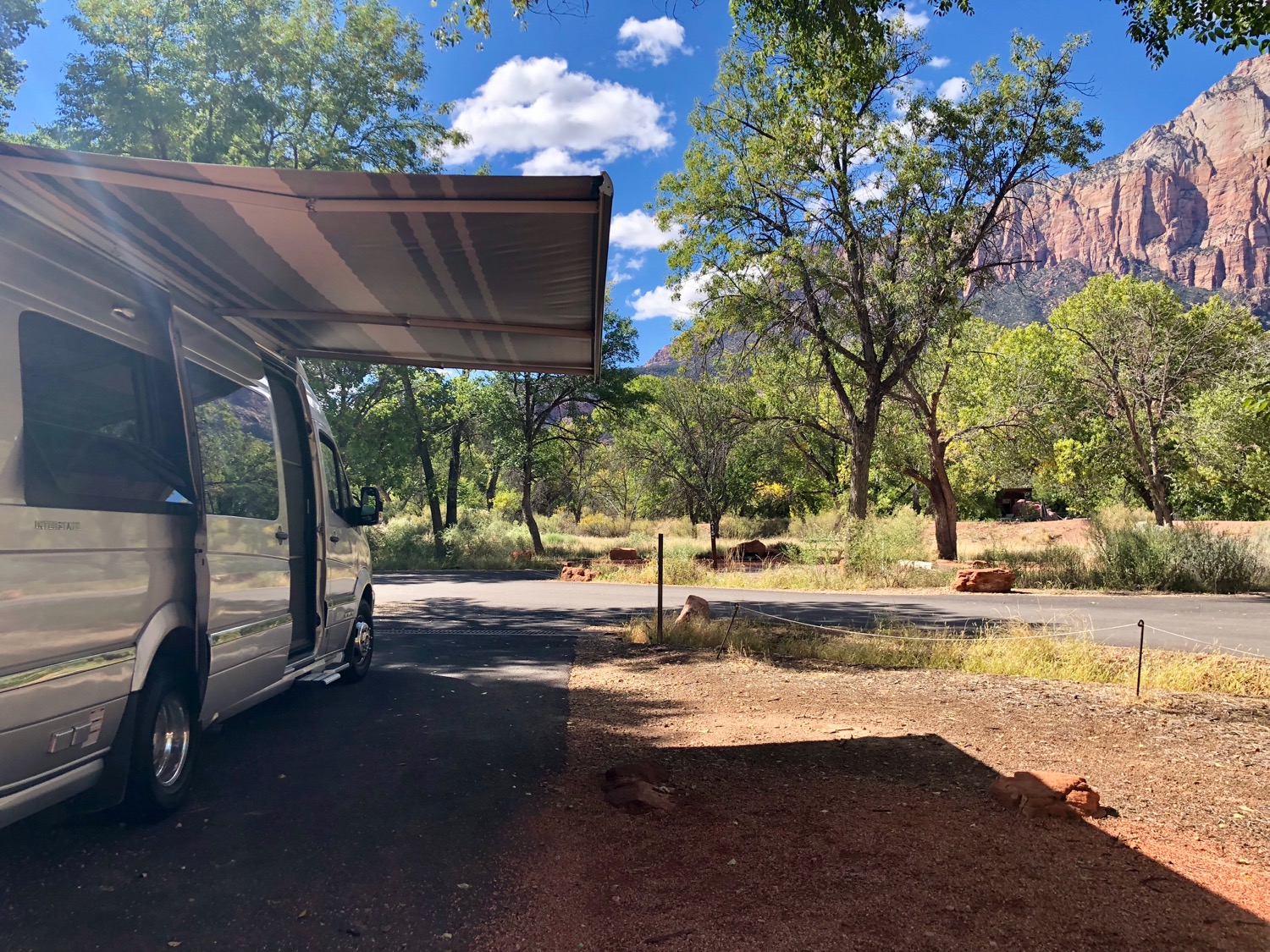
While I’ve been to Zion a few times, I still hadn’t done the iconic Narrows and Angel’s Landing hikes. I planned to do both this trip. The Narrows hike takes you deep into a narrow slot canyon, through which the Virgin river flows. For the first mile or so of the hike, you walk along side the Virgin River on a paved path. From there you drop, literally, into the Virgin River and trudge through the water for the remainder of the 5-mile (each way) hike to Big Spring. Depending on the time of year, the water levels can be knee-high or chest-high, high enough to require you to actually swim through parts of the hike. When the water levels are lower, you can trudge through most of it– but either way, plan on getting wet.

As you progress through the Narrows, the canyon walls get steeper and the space between them, well, narrower. I made it as far as the Wall Street section, where the canyon walls tower 1500 feet above while the river is only about 20 feet wide. It’s a 6 mile round trip hike to Wall Street. Being late in the season, the water was cold and on the deeper side, so I decided to turnaround here and save the full hike for the warmer/drier season. You can rent waterproof boots and gear in Springdale if you want to do the longer hike without getting water-logged. I saw other hikers with this gear, and it looked like a much more pleasant way to do the Narrows.
The other iconic hike in Zion is Angel’s Landing. Angel’s Landing is a 5-mile round trip hike that takes you high up the walls of Zion Canyon to a narrow, rocky outcropping which protrudes out into the canyon for breathtaking views.
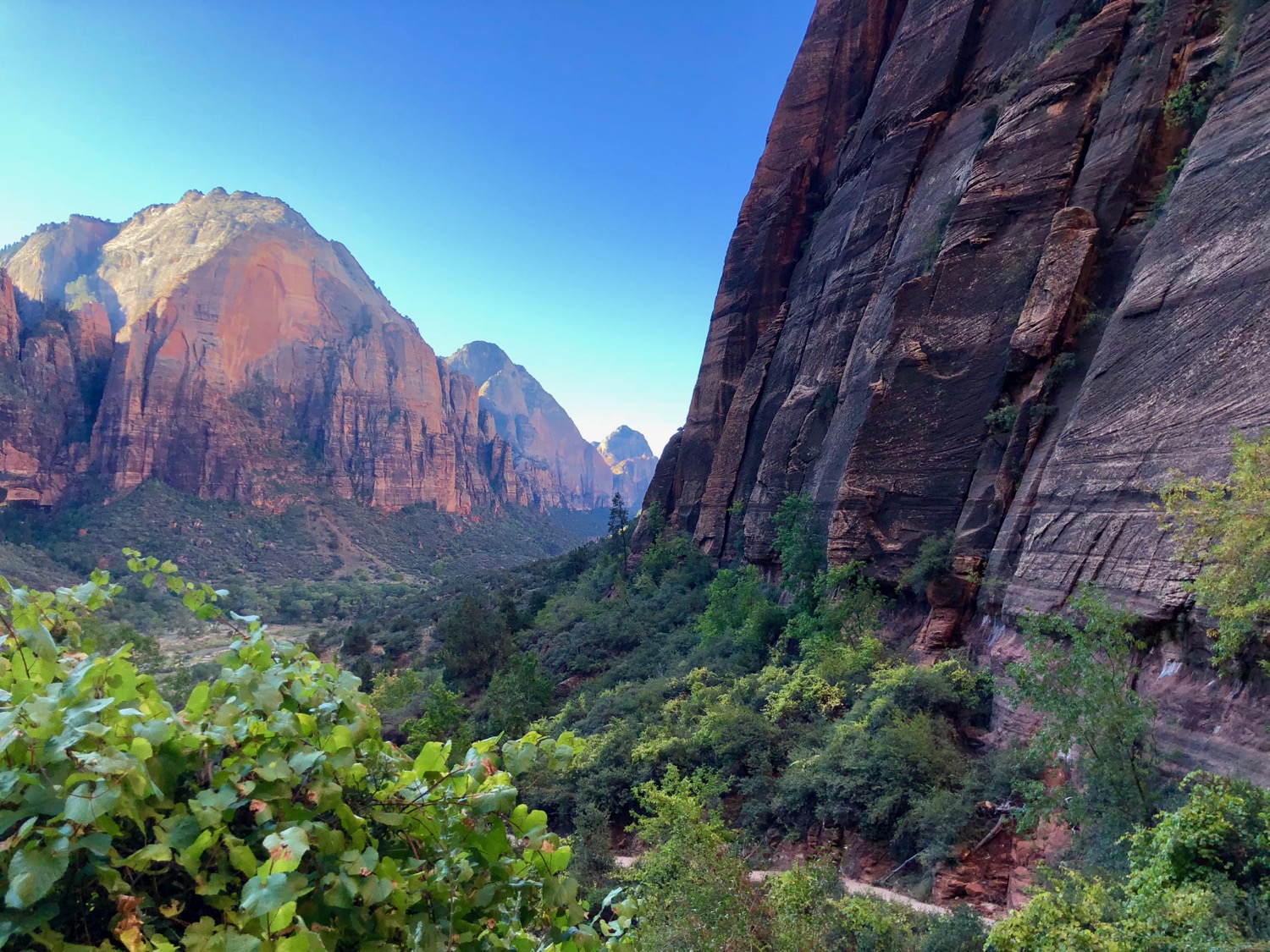
The final leg of the hike, out onto Angel’s Landing, requires traversing a narrow outcropping with steep drops on either side with only a cable to hold onto. Going into this hike, I knew there was a good chance that I would NOT want to be out on the landing if there were a lot of people. And there were a lot of people. So i made it only as far as the cable and then decided to continue hiking the West Rim trail, which takes you even higher for a gorgeous view of Angel’s Landing and below. If you’re like me and do not enjoy the combination of steep cliffs and lots of clumsy tourists, don’t worry– this hike is still worth doing even if you edit out the final climb out onto the landing. The views are incredible and if you continue on to the West Rim trail, you’ll feel like you have the entire canyon to yourself. 95% of the tourists stop at Angel’s Landing.

Zion never gets old. Every time I go back, I just can’t believe such a place exists. Even after several trips, I still feel like I have corners of the park left to explore. One that’s on my list is to do the Narrows top-down hike, which starts at Chamberlain ranch and is a 16-mile trek back down into the park. There is also the permit-only 9 mile Subway hike, which resembles a subway tube in some places and requires both swimming and some moderate climbing skills.
If you’re going to Zion, know that it is busy year-round. From April to October, cars are not allowed in the canyon and you must park at the Visitor Center and take a shuttle. The shuttle lines can look like Disneyland lines after about 9:30am, so get there early if you want to beat the crowds. I’ve found the best time to visit, is late march through the first week of April, or after mid-October when the Shuttle service is optional again. No matter when you go, you’re in for an amazing experience!
